Most food staples come from annual plants.
There is a good reason for this: annual plants have a biological motivation to invest heavily in their seeds, therefor their seeds tend to make good sources of protein for humans. Also, the earliest major civilizations (in other words not counting a few that did not have much impact on food crops) were in the Fertile Crescent and in particular in Mesopotamia. Wheat is believed to be derived from grasses native to the hills of what is now northern Iraq.
One problem with annual crops is that they require a lot of energy to keep ploughing the ground for them.
I don't think it would be practical to replace all of them, but it is practical to plant some perennial crops, because they are much less energy intensive. Since I do not have an ox to pull the plough for me, and I am getting up in years, this is a big relief to me, personally.
Dwarf fruit trees and most bushy berry crops (not strawberries) are big energy-savers.
Strawberries are labor-intensive because their beds are not particularly easy to weed. They have other useful purposes, tho, such as providing a source of Ascorbic Acid aka Vitamin C at high latitudes where Citrus don't grow.
One drawback to most fruits is that it usually takes several seasons to harvest the first crop (berries are more forgiving that way, tho). This is one reason that, with globalization, fruit production globally is probably collapsing. Global agribusiness is geared towards quick crops that can be swapped in and out quickly at will. Reminds me of a certain poem by Ezra Pound.
Another drawback is that war is hard on fruit trees. Tropical fruit comes from Thailand, and until recently not Vietnam. There is a very good reason that olive trees are a symbol of peace.
Fruit trees are also easy to hold "hostage". If suddenly your taxes (or protection racket payments) go up, you can't exactly take your Cherry Trees and set up shop somewhere else. This is actually a major problem in many parts of the world.
Nut trees are another big energy saver. I'm not sure they come in dwarf sizes, tho. Hazelnuts are naturally shrubby, if that is an issue. Because of their size and time to maturity, every drawback that applies to fruit trees applies to nut trees, and even more so.
Nut trees have the advantage of producing protein and, usually, a rich supply of essential fatty acids. Although they will go rancid in time, they are more stable and easier to store than, say, raw meat. Most nuts need relatively warmish summers to ripen, but a few like Hazelnuts / Filbers and Beechnuts will bear at quite high latitudes, where protein sources are scarce (more about that in another thread at a later time).
Some nuts are rarely produced commercially, but in times past, or in certain parts of the world, they were/are considered palatable. Beech nuts, hickory nuts, butter nuts, black walnuts, and several others fall into this catagory. They are generally more forgiving of less-than-ideal conditions than their better-known cousins. Chestnuts used to be quite popular in the USA, and still are in many parts of the world, and they are pretty tasty too. Maybe they fell out of favor when the native chestnut was nearly wiped out by Dutch Elm Disease, I think it was. We eat a lot of chestnuts at our house. Not a quick crop to bear, but extremely easy to grow (and there are Dutch Elm Disease resistent species and even hybrids of the American Chestnut).
I think Gingko nuts are fairly palatable. Most Americans and Europeans won't touch them, because the fruit is smelly. But the nuts inside aren't. Just kinda oily. Gingkos are easy to grow. You need both boys and girls--but most trees in cultivation are male precisely because most people don't know about or appreciate the nuts.
Several pines have palatable seeds. The most famous is Pinus pinea, the Italian Stone Pine, the source of Pignolas, but several other species have comparable nuts (and in fact, are now widely substituted for Pignolas). One interesting species in particular is the Korean Pine, which produces good-sized nuts on a small tree. Extremely cold hardy, too (much more so than Italian Stone Pines).
Asparagus and Artichokes are not feasible everywhere, but where they are feasible, they are easy to grow (especially Asparagus, that sometimes escapes cultivation). Both are useful for providing early crops, especially Asparagus. People used to starve to death in the Spring waiting for their crops (which is why in Vivaldi's Four Seasons, AUTUMN is the cheerful season--that's when the food supply was high).
Rhubarb is widely-adaptable. It does have the disadvantage of requiring sugar to make it palatable. Sugar is mostly a tropical import commodity. You can make sugar out of beets but that takes some chemical sophistication. Sorghum will grow in warmish (doesn't have to be tropical) climates but you can't grow it in particularly northerly climates and it is energy-intensive to boil down the sap. Maple sugar is probably even more so. In a petroleum-depleted economy, sugar will become expensive I think--just like it used to be. I try to plan crops that aren't too closely tied in with sugar consumption. I tend to choose fruit varieties that are naturally sweet.
Rhubarb is another crop harvested relatively early.
A great many herbs are perennial. In some cultures they are thought of as flavoring ingedients for other foods--like Sage used to stuff a goose. In other cultures, tho, such as Persian culture or Vietnamese culture, they are major foods in their own right. Persians eat herbs generally like we eat salad (raw, with no other condiments like salad dressing). Vietnamese often pile herbs on top of other dishes as an edible garnish, or eat them as a salad in their own right.
I will snip a few young fennel leaves and put them in a salad, along with Salad Burnet, Chives, and Mint. Mint is a salad vegetable in some Near Eastern and Middle Eastern cultures. Mint is very easy to grow, and you can harvest it several times per year, weather permitting. Several types of herbs are harvestable off-season. Americans usually like Tomatoes and Cucumbers in their salads, but those are warm-season crops with limited availability (unless imported or hothoused...energy intensive...). It's nice to have something to throw in for variety that's available during cool weather (especially cool weather; they turn tough and inedible when it's hot).
Cedrela sinsensis aka Toona sinensis is a vegetable in the form of a small tree. You harvest young leaves. Fairly useful tree overall.
Most Americans, Europeans, Australians, etc, are probably not familiar with the idea of eating Lotus (Nelumbium not the genus Lotus). The rhizomes are a slightly starchy vegetable, and the seeds can be ground into a meal that makes a filling for sweet buns. The leaves make wrappers for steaming glutinous ("sticky") rice. You could probably steam other things in them too.
I should probably mention Tea. Tea comes from Camellia sinensis--the "Tea Camillia". It looks like a fairly typical Camellia, tho the leaves are small (most forms--but there are also big-leaved forms) and toothed. Blooms in the Autumn, and the flowers are fragrant. Green tea is fairly easy to make at home, and Oolong isn't too hard. Black tea is fermented to concentrate it--but that destroys the antioxidants, and concentrates the caffeine. Having a type-A personality, I am already too wound up and don't need any more caffeine. A few shrubs should supply a family. Because you clip the new twigs, the plants tend to stay bushy and easy-to-manage. It is a fairly good-sized shrub otherwise. Tea Camellias are coldhardy to roughly USDA zone 7.
Grow some Monarda didyma and you can make Earl Grey tea. Mix it about half-and-half. Or you can drink it straight the way American hillbillies used to (maybe still do?), who live where it is native. Monarda is very coldhardy. Heat-tolerant too. And it has pretty red flowers that attract hummingbirds or other nectar-seeking birds.
I'll probably start a different thread for crops that are more-or-less annual, but self-propagating. Things that you don't have to till or even bother re-seeding.


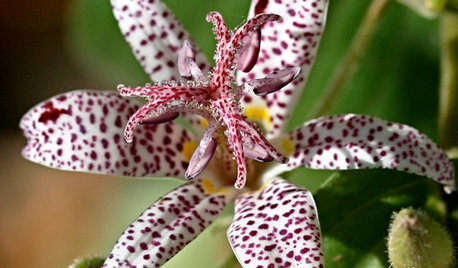
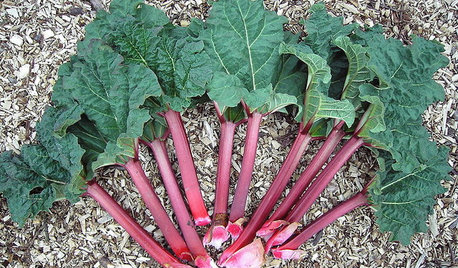

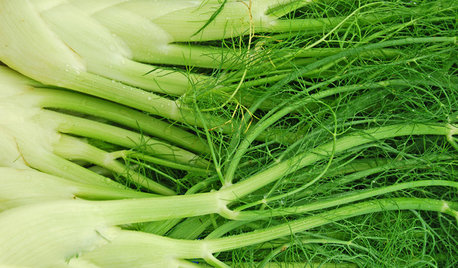
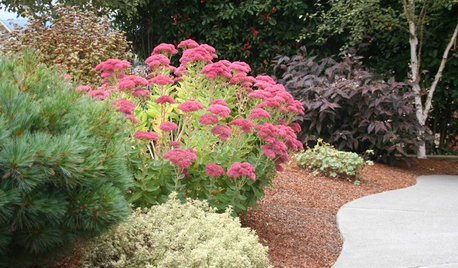
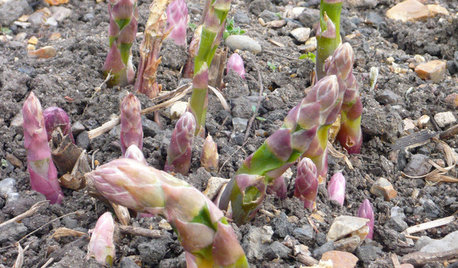
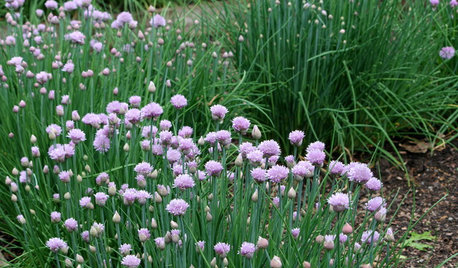







Belgianpup
atashOriginal Author
Related Professionals
Belmont Landscape Architects & Landscape Designers · Wareham Landscape Architects & Landscape Designers · Stamford Landscape Contractors · Hicksville Landscape Contractors · Lemont Landscape Contractors · Marlborough Landscape Contractors · Secaucus Landscape Contractors · Shaker Heights Landscape Contractors · Wheat Ridge Landscape Contractors · Madison Siding & Exteriors · Clearfield Siding & Exteriors · Chatsworth Solar Energy Systems · Downey Solar Energy Systems · Randolph Solar Energy Systems · Teaneck Solar Energy Systemspablo_nh
joel_bc
atashOriginal Author
pablo_nh